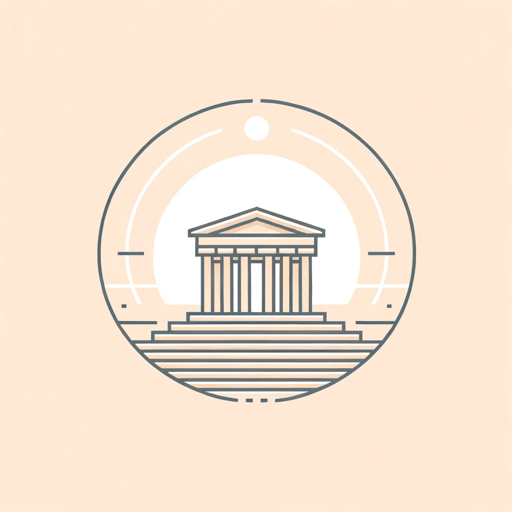43 pages • 1 hour read
Mircea Eliade, Transl. Willard R. TraskThe Myth of the Eternal Return
Nonfiction | Book | Adult | Published in 1949A modern alternative to SparkNotes and CliffsNotes, SuperSummary offers high-quality Study Guides with detailed chapter summaries and analysis of major themes, characters, and more.
Chapter 2, Sections 2-3Chapter Summaries & Analyses
Chapter 2, Sections 2-3 Summary and Analysis: “The Regeneration of Time”
In the next two sections, “Periodicity of Creation” and “Continuous Regeneration of Time,” Eliade builds on the themes developed in his discussion of new year’s festivities. In the former, Eliade describes a number of ancient (and occasionally modern) practices that attempt the suspension and reconstitution of time. One of these practices is the communication with the dead, which happens in a period between the end of one year and the start of another. In a different, modern form, this was also embodied in the ghost-dance religion, “a mystical movement which seized upon the North American tribes toward the end of the nineteenth century” (73). Through extended attempts at communication with the dead, this modern religion attempted to hasten the apocalypse, which would be followed by a new, paradisal earth. This kind of ritual—because it is based on time’s progression, and because it seeks the “end of time” and a future fulfillment (73)—prefigures the modern philosophy of history. In the ancient necromantic rites, rituals intended not to hasten time but suspend it. The profane realm was forgotten for a time before its regeneration. Other common rites associated with the regeneration of time include marriages, orgies, ritual combats, the rekindling of extinguished fires, and initiation ceremonies.
Related Titles
By these authors


